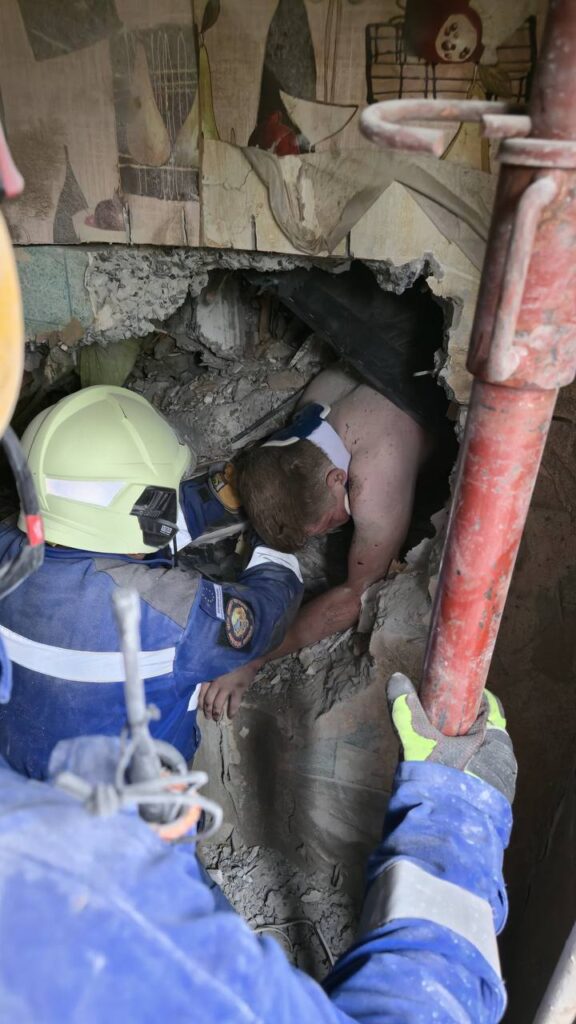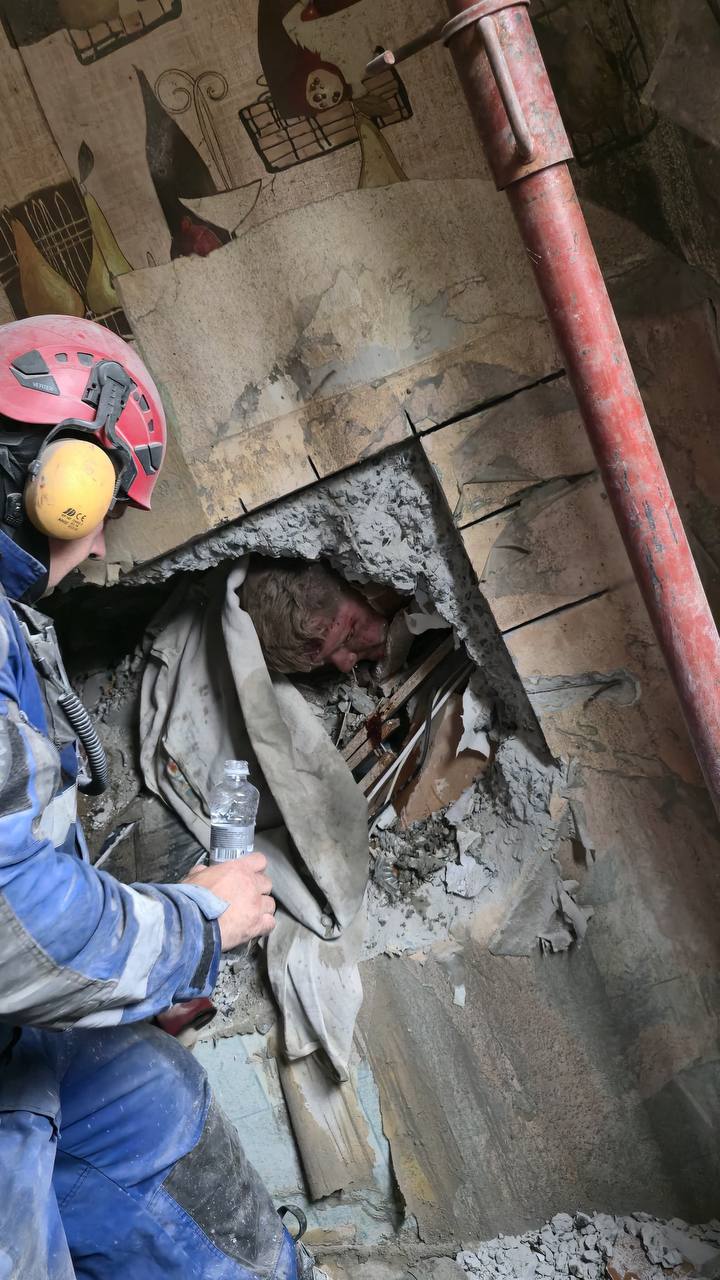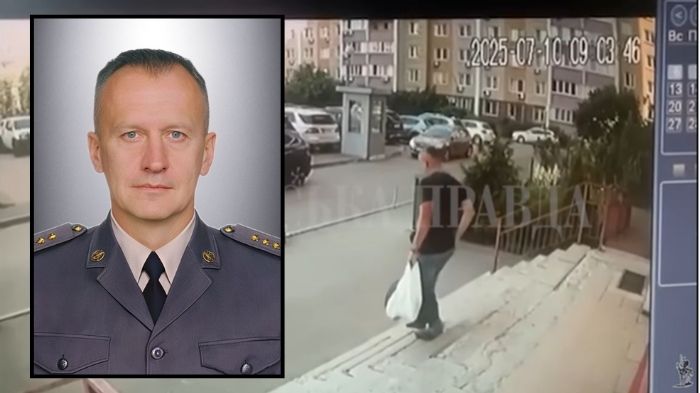Only three of eight Iskander-K missiles were shot down — but why did most slip through Kyiv’s air defenses?

Only three out of eight Russian Iskander-K cruise missiles launched at Ukraine on the night of 31 July were shot down. This raised questions about why Ukraine’s air defense, usually effective against Kalibr and Kh-101 missiles, failed to destroy most of them, Defense Express reports.
Explosions in Kyiv and a major air raid alert
The key reason is the element of surprise, say the military experts from Defense Express.
“Today’s launches of ‘Iskander-K’ were carried out from Russia’s Kursk Oblasy, practically right at the border, so there was very little time to react and deploy countermeasures,” the analysis states.
The land-based Iskander launchers are harder to detect than ships launching Kalibr missiles or bombers carrying Kh-101s, since those require more flight time and are detected by intelligence before launch.
“He will risk everything in Ukraine”: Putin may be preparing for even harsher war in Ukraine after Trump’s ultimatum
What is known about these missiles?
Iskander-K is a general term for cruise missiles launched from the Iskander tactical missile system. These include the 9M728 (R-500) with a range up to 500 km and the 9M729 with a range up to 1,500 km. Both have a 480 kg warhead and fly at speeds up to 900 km/h.
This year, Ukraine’s Main Intelligence Directorate announced Russia’s approximate missile production rates. Currently, Russia can produce about 300 cruise missiles per month, including 20-30 Iskander-K.
Read also
-
Kyiv burns in Putin’s calculated act of humiliation against Trump’s peace efforts, says diplomat
-
Kharkiv bleeds daily under Russian fire as €10 billion in damage leaves 160,000 homeless
-
Satellite images show Kamchatka earthquake tears Russia’s submarine stronghold
-
Putin shrugs off Trump’s ultimatum and says he’s ready to wait until Kyiv agrees to his conditions to end war



